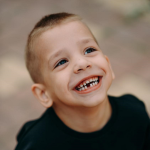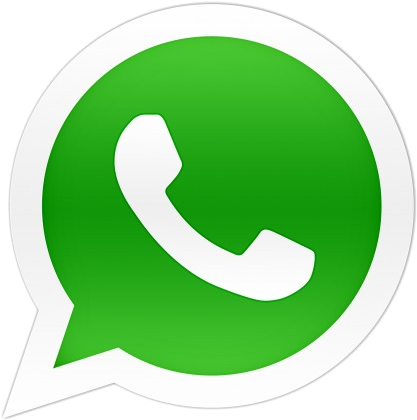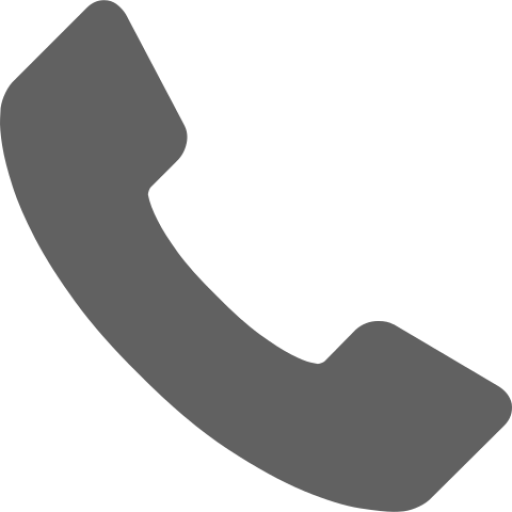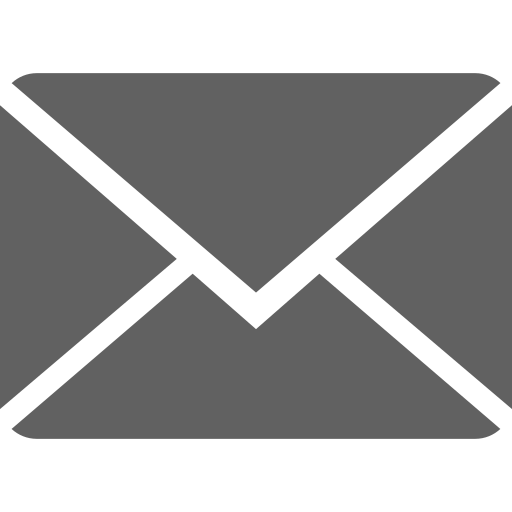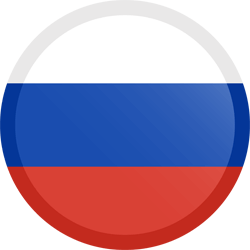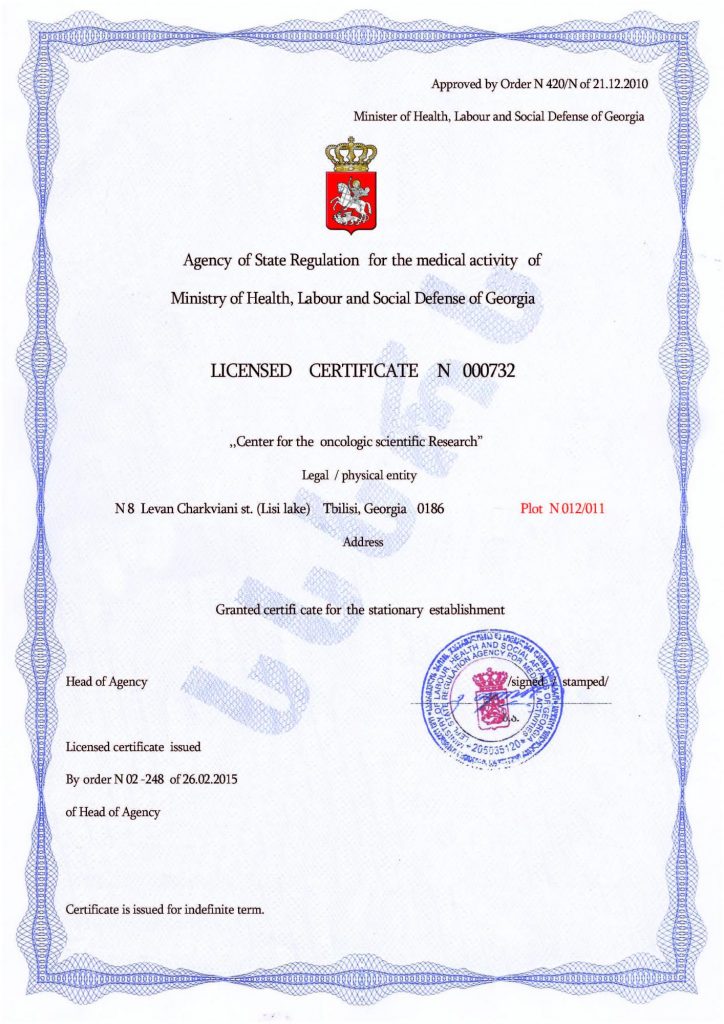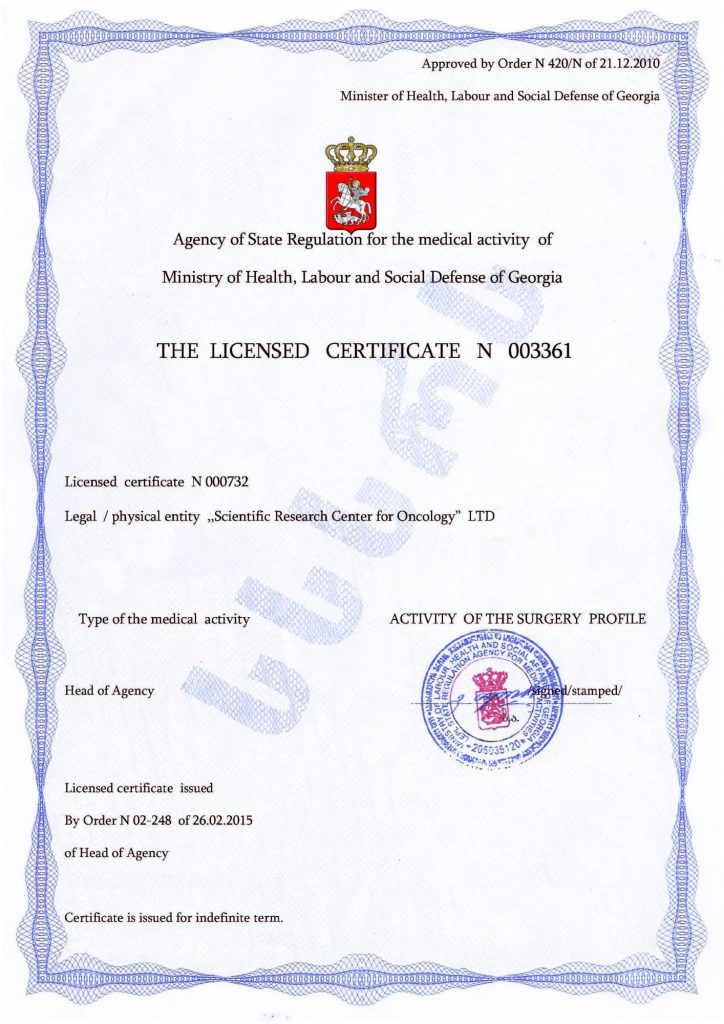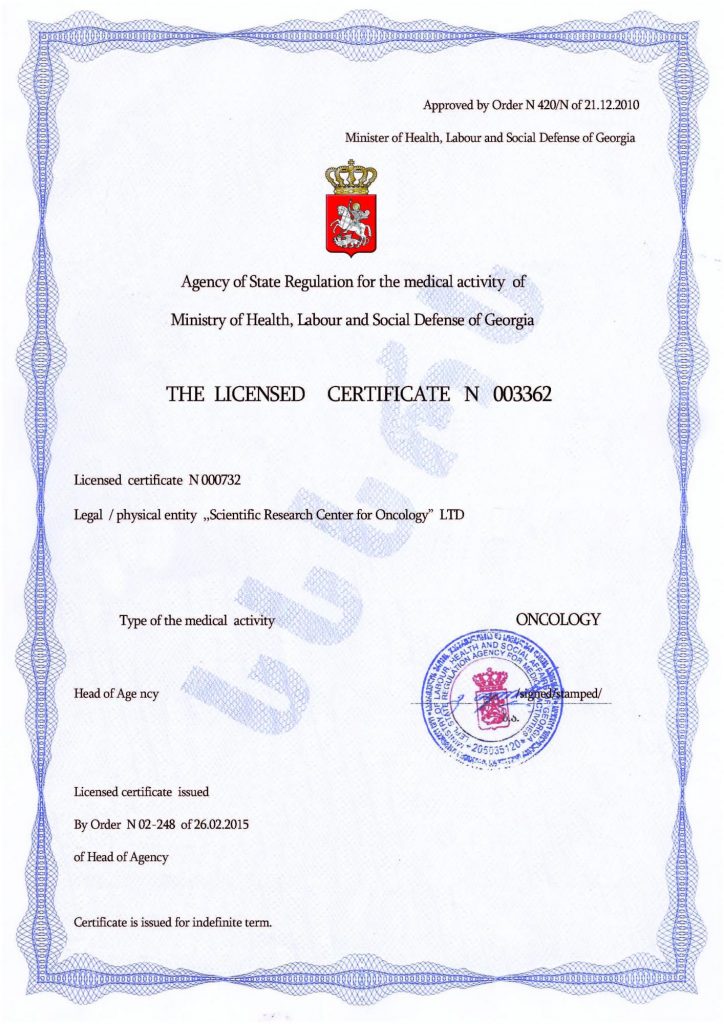External Signs of Autism
It is difficult to determine autism by appearance — for example, by looking at photos of autistic children. Patients with autism spectrum disorder do not have any visual defects, such as with diseases like cerebral palsy, Down syndrome or others. Seclusion and unusual behaviour are the only peculiarities that distinguish autistic children from their normally developing peers.
There are several types of ASD: some people have a mild form of the disorder, while others have more advanced forms. Symptoms vary from patient to patient. Autistic girls and boys behave differently. However, there are 16 common signs that appear varying degrees of intensity in everyone with the disorder. It is enough to know how autistic children behave to understand that your child needs urgent help.
The appearance and behaviour of autistic children may include the following characteristics:
- Slight tremor of the hands, walking on toes and other minor problems with movement coordination.
- A detached view of situations without full comprehension.
- Disinterest in things happening around them.
- Absence of hobbies which are typical in normally developing children.
- Avoidance of direct eye contact, incomprehension of nonverbal forms of communication such as gestures and facial expressions.
- Constant passiveness or constant activity.
- Totally unprovoked hysterics or whims beyond the regular desire to attract attention.
- Absence of instinct to imitate, which helps a child to learn from adult experience.
- Reluctance to communicate and play with peers.
- Passion for monotonous games, attachment to a specific toy, or use of household items as favorite toys.
- Stereotypical behaviour tendencies or perfectionism. For example, sorting various objects by one specific criterion such as color or size.
- Following a consistent, repeated plan of any action or daily routine.
- Obsessive repetition of the same words and phrases.
- Inability of “I-identification” — talking about oneself in the third or second person.
- Not connecting to ones own name and personality, not responding to their name.
- Different phobias: fear of loud sounds, bright lights, noisy people or scenarios, new places, changes in daily routine, etc.
The presence of many external signs of autism is a good reason to undergo a comprehensive examination and select effective treatment methods.
Contact your local therapist. Most likely, a doctor will recommend a consultation with a neuropsychologist as the main specialist involved in the treatment of childhood autism spectrum disorder. the child will be tested, and relatives who are in close contact may be interviewed. Follow all doctor’s instructions after confirmation of the diagnosis.
Also! Have an effective cellular correction procedure at the Mardaleishvili Medical Centre.
Cellular treatment of childhood autism involves the transplantation of the patient’s own mesenchymal stem cells, taken from bone marrow or umbilical cord blood. The main advantage of this method is the restoration of the naturally correct structure of the brain at the cellular level. Other techniques are not capable of this. Because of this, cell therapy is considered the only “cure” for the disease, in comparison with other methods that can address only the symptoms.
You can receive a free consultation on the correction of childhood autism right now by simply filling out the online contact form on the clinic’s website.
Autism Treatment Center Videos
Autism treatment with own stem cells
Cord blood association congress
International Quality Crown
Autism Treatment Reviews
Autism treatment with own stem cells
The story of Alessandro (6 years old)
Autism Patient Testimonial - Stem Cell Treatment
Clients Testimonials
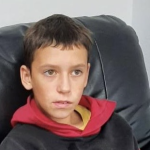
Feedback from Igor, David’s father (12 years old) Read More
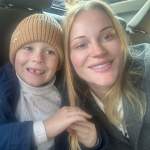
Feedback from Olga, Fedya’s mother Read More
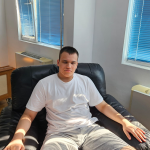
Feedback from Natalia, Radomir’s mother (15 years old) Read More
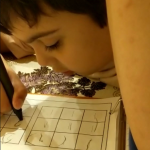
Feedback from Esther, Samuel’s mother (8 years old) Read More
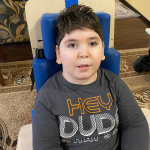
Feedback from Abibe, Selim’s mother (7 years old) Read More
